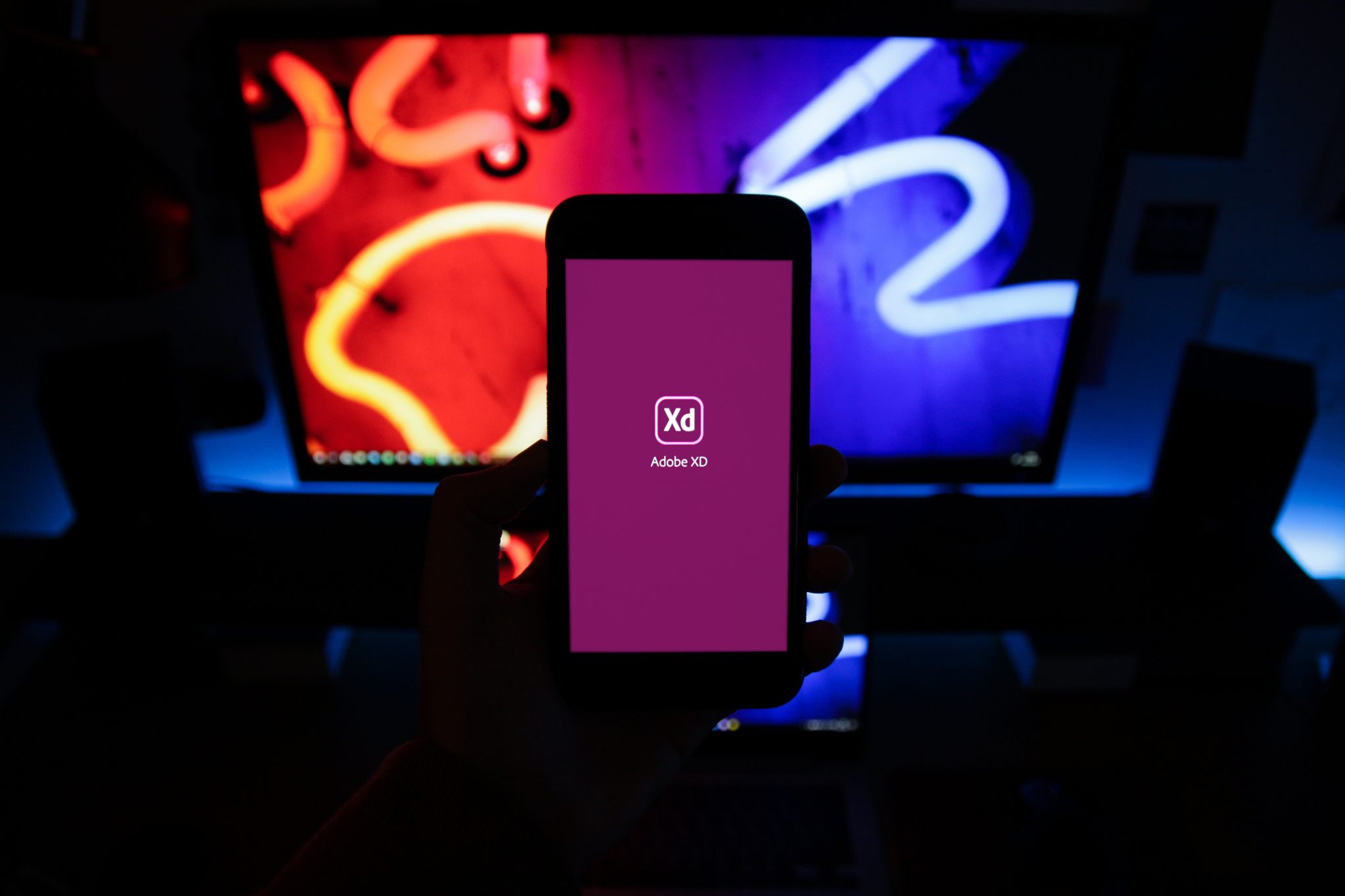Here at Calcey, UX plays a very important role in all that we do. Given that a lot of our work is aimed at everyday and not power users, the very success of the projects we undertake sometimes hinges on getting UX right. In this post, our UX Lead Ranga Weerasinghe walks us through how we approach this intricate, complex, yet beautiful process.
Q: Can you tell us something about yourself?
Well, I’ve been working at Calcey for the last four years. In that time, I have worked both as a UX Lead and also as a front-end developer, helping our development teams every once in a while. I am aware that it’s not a very common arrangement in the industry, but I happen to have both an artistic and programming background. That allows me to juggle these two roles, and I’m quite thankful for it.

Q: How do you and your team approach the UX design process?
The first and most important rule we follow is that there is no cookie cutter approach. Of course, there are industry standard best practices and we follow them. But we also recognise that in a fast-changing field such as ours, where trends come and go, there can be no one-size-fits-all solution. Sometimes, processes ought to be tweaked to suit the client. This flexibility is something we at Calcey are proud of.
Once a client signs up with us, we hold a kickoff meeting of sorts. We use this meeting as a platform to get everyone to reach a common understanding about what the objective of the project is going to be, and what everyone’s responsibilities are.
With that out of the way, the UX team gets down to business.
Q: How so?
We hold a few days of workshops with the client to understand their product and their users. We will try to map the user’s journey across the product/interface. In certain cases, we will try to come up with what we call ‘User Personas’ for different types of users. What this helps us do is build a story around the user to understand where they’re coming from, what their mindset is, what they’re looking to achieve (by using the product), and what’s preventing them from enjoying a seamless user experience. This helps us identify how a user would interact with the interface, and decide on the design decisions which we ought to take.
We will then enter what we call the ‘First Impressions’ stage. During this stage, the onus falls on us to use the insights gathered during the workshops and create simple wireframes of what we believe the UI needs to look like.

Next, we will move on to the ‘Lo-Fi Prototype’ stage which stands for ‘Low-Fidelity prototype’. The mock-ups which will be presented to the client at this stage would be improved and clickable versions of the bare-bones wireframes from the previous stage. Of course, depending on the feedback from the client (coupled with initial user testing) and the extent to which any changes are made, there can also be instances where the Lo-Fi prototypes look nothing like the wireframes they were based on, but that’s okay. That’s par for the course, and we wouldn’t have it any other way.
If the client is okay with the Lo-Fi prototypes, we will proceed to create a High-Fidelity version (or Hi-Fi prototype, as we call it). A Hi-Fi prototype will usually be very detailed, and will end up looking exactly like the final product. Hi-Fi prototypes are very good subjects for user testing purposes, and we’ve had instances where users thought the mock-up was actually a real app.
Not to brag or anything, but we’re that good.
Q: Are there any principles which you try to abide by while designing?
Not many really, but there are two principles which we try to follow at all times. One is to think ahead. I think it was Wayne Gretzky who said that he tries to skate to not where the puck is, but to where it is going to be. Similarly, we try to think about the usability and relevance of our UX two years down the line. After all, from the client’s perspective, whatever they’re paying us to do is an investment in the future of their business, and investments ought to have a good payback period. That is why we try to build tools which are useful today, but will also remain relevant tomorrow.
The second principle is research. The field of UX changes very fast, and trends come and go. Just look at how far we have come in terms of visual designs for apps. Not too long ago, skeuomorphic design was sweeping the world, only to be replaced by flat design inspired Microsoft’s Metro UI design language. Then, the pendulum swung the other way when Google introduced the material design philosophy which combined skeuomorphism with flat design. Tomorrow, it might be something else. For example, when we try to visualise information generated by a machine learning service, we need to make sure that when the end-user sees it, they are able to make sense of the information, perhaps through intuitive visual cues. As UX specialists, it is up to us to stay on top of these trends and separate the signal from the noise. It’s a skill that is built up over time, and keeping up with global trends and design philosophies through research is extremely important.

Q: Any advice for a budding UX specialist looking to join Calcey?
Stay curious, and be patient. UX is something you get better at over time. Rome wasn’t built in a day, neither are UX specialists.
Oh, and send us your CV and portfolio.
